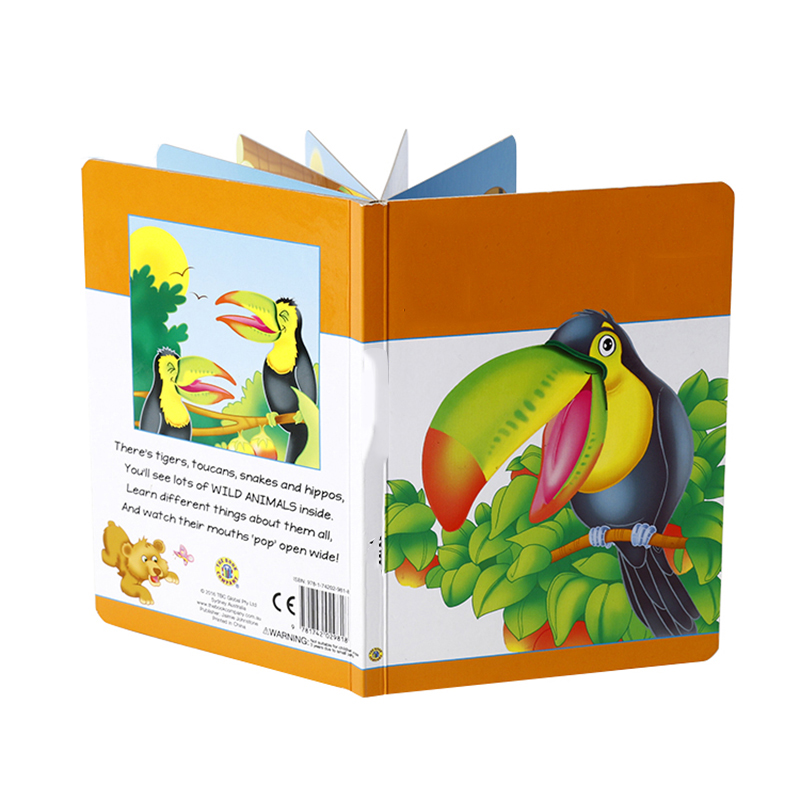Diversity in children’s books is a critical aspect of fostering a broader understanding of the world. In this blog, we’ll explore the importance of diversity in children’s literature and its role in promoting inclusivity and cultural awareness.
1. Mirroring Real-World Diversity Discover how diverse children’s books mirror the real-world diversity children encounter. Learn how characters from various backgrounds reflect readers’ experiences.
2. Empathy and Understanding Explore how diverse books promote empathy and understanding. Learn how exposure to different cultures and perspectives encourages open-mindedness.
3. Countering Stereotypes Discover how diverse books counter stereotypes. Learn how inclusive stories challenge preconceived notions and promote accurate representations.
4. Cultural Exploration Explore how diverse children’s books facilitate cultural exploration. Learn how stories from different regions provide insights into traditions, values, and ways of life.
5. Identity Formation Discover how diverse books contribute to identity formation. Learn how readers from marginalized communities find validation and pride in seeing themselves represented.
6. Cross-Cultural Connections Explore how diverse children’s books foster cross-cultural connections. Learn how readers can build bridges of understanding through shared experiences.
In conclusion, diversity in children’s books mirrors real-world experiences, promotes empathy, counters stereotypes, facilitates cultural exploration, contributes to identity formation, and fosters cross-cultural connections, creating a richer and more inclusive literary landscape for young readers.







